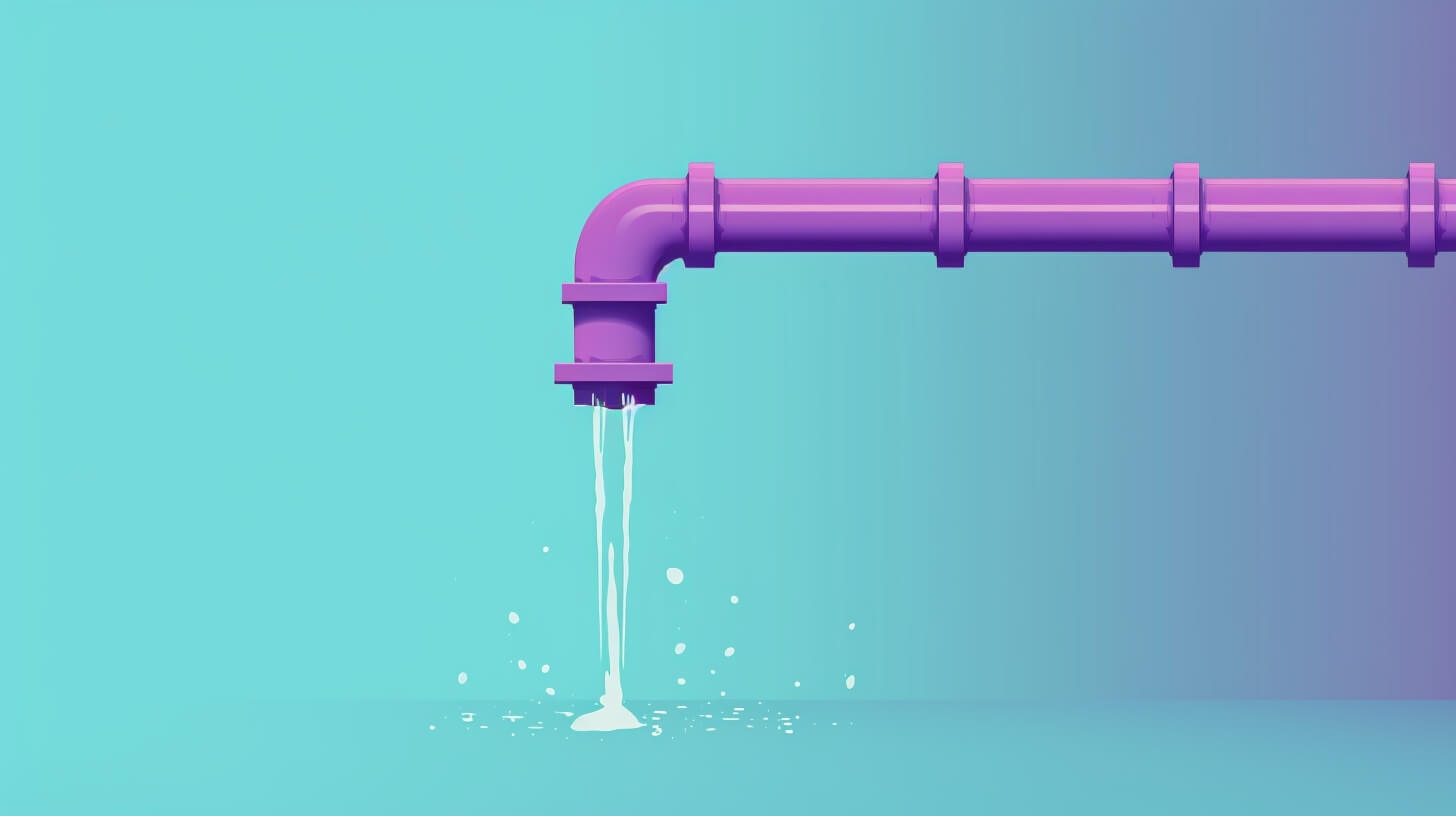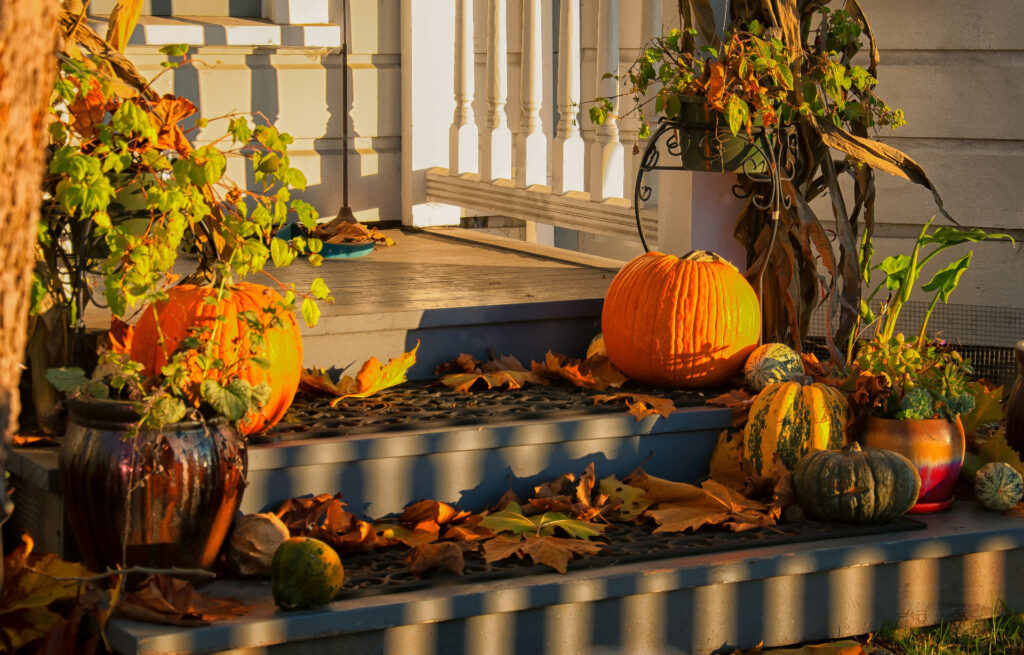
We are reader-supported. When you buy through links on our site, we may earn an affiliate commission.
Your pipes protect your water supply and keep it from dripping into your home. However, when they become clogged or broken, water can leak out. Built-up moisture leads to mold growth and costly repairs down the road. This is why you want to spot water leakage as early as possible. Here are some steps on how to find water leakage in your home.
1. Check Your Water Meter
The first step to catching water leakage is to examine your water meter. These keep track of your water usage for a given period, measured in gallons or cubic feet. Suppose you have a basement in your home. Your water meter is usually set against the wall closest to the street. If you have a converted house, then it may sit in a crawl space behind a wall. If you’re unsure where your water meter is, call your utility company.
Once you locate your water meter, ensure there is no running water inside or outside your house. Turn off all faucets, your dishwasher, and the washing machine. Then read your meter carefully. Check to see if your leak indicator is moving. Depending on your brand, this could be a small triangular dial or a small silver wheel. If the dial is moving, you probably have a leak somewhere.
Another trick is to take a meter reading and write down the numbers. Then come back in an hour and see if the numbers have changed. If they did, then you have a leak. Turn off the shut-off valve on your main water supply to determine if that leak is inside or outside. Again, record the numbers and check back to see if they have changed. If they haven’t, then the leak is inside. If they did, it’s outside.
2. Look Out for Greener Areas of Your Lawn
While a fresh-looking yard is usually a good thing, greener spots could indicate an issue. For example, a buried pipeline may be leaking. Also, pay attention to any puddles along the surface. To verify if it’s a water leak or the weather, compare certain patches to the rest of your landscape.
3. Inspect Your Hose
While outside, check to make sure your hose spigot isn’t slowly dripping. To fix this issue, you may not need to call a plumber. If the leak is in the bonnet, try tightening it with a wrench first.
If that doesn’t work, shut off the water and remove the bonnet. Check the washer underneath to see if it’s worn out. If so, replace it. You can find replacement kits at your local home improvement store. You can also use Teflon tape to secure the connection.
4. Examine Your Appliances
If you determine the water leakage is inside your home, investigate your cabinets. Look under your kitchen, laundry, and bathroom sink to see if they’re dry. Also, check around the tub, toilet, or shower bases. If you have a basement, don’t forget about the toilet down there. While in the bathroom, examine your showerheads to ensure they are tightly secured.
You even want to look underneath your water heater, dishwasher, or washing machine. If you find any puddles, shut off the water supply valve and call a plumber.
5. Double-Check Your Faucets
Examine all your laundry, basement, and garage fixtures. These are common areas where leaks occur. Most of the leaks are caused by worn-out washers, which you can simply replace. Make sure you know the type of faucet you have before starting any repairs. Other causes of water leakage may include low water pressure or damaged faucet components.
6. Make Sure to Dye Test Your Toilet
If you don’t find any puddles around your appliances, your next step is to inspect the toilet further. To perform the dye test, put a few drops of food coloring in the tank of all your toilets. If there is a leak, then the color will appear within a few minutes. If you see color, then your flapper may have worn out over time.
To fix this issue, you can either call a plumber or repair it yourself. To replace an old flapper, find a matching one at your local hardware store. If swapping out the flapper isn’t enough, you may need to find a repair kit, including a flush valve seat.
7. Keep Track of Your Monthly Water Bills
Your bills should be pretty consistent each month. So, when you receive a higher fee, it could be a sign of water leakage. While a dripping faucet may not seem like a big concern, you can end up wasting over 3,000 gallons of water per year.
This is bad for the environment and can cause your utility costs to skyrocket. So, be sure you’re paying close attention to any changes in your statements when they arrive.
Steps to Identify Water Leakage
Water leaks can lead to wasted water and high utility bills. If left untreated, they can cause long-term problems, too. This is why it’s essential to spot any warning signs early on. Follow these steps to successfully locate water leakage within your home.







